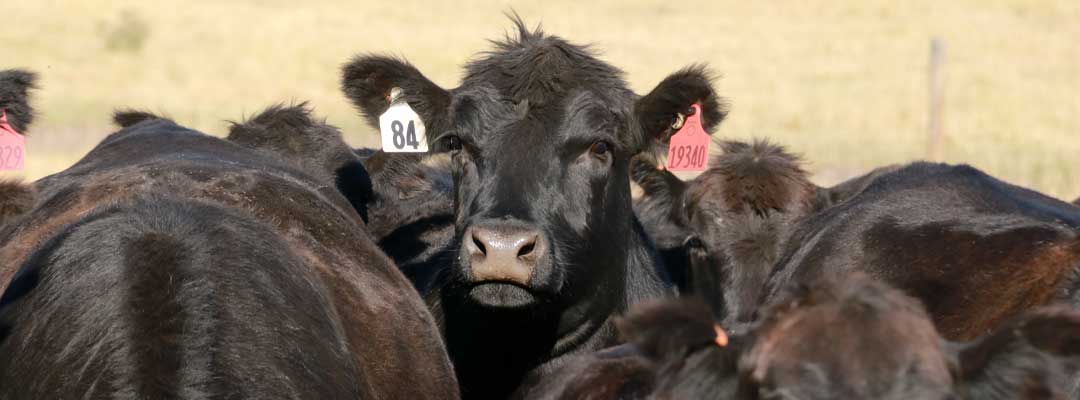Q&A: Cattle Ear Tags
Make the most of your cattle tags with this advice from a livestock ear tag expert

“I have never lost a computer, but I have lost a lot of calf books,” said Scott Holt, Idaho rancher and Allflex cattle tags North America Marketing Manager.
Scott runs Hereford and Angus cattle on his Idaho ranch. And with his background at Allflex -- the world’s largest animal ID brand, which identified some 500 million animals last year alone -- we tagged him in for Q&As relating to all things cattle ear tags.
Q: When is the best time to apply cattle tags?
Everything starts with a tag. Apply them as early as possible. It is common for the visual ID tag to be applied at birth and the EID tag applied at branding, but applying both visual and EID tags at birth is the best approach.
Q: What’s the benefit of applying both at birth? The advantage is that newborn calves will experience less stress on them at that young age. They also have clean ears, so producers will see fewer infection issues than with older cattle with dirt and grime in their ears. We always recommend putting the visual and EID tag on them at birth, as it’s the best option from an animal care standpoint.
Q: What tips do you have for applying cow ear tags? First -- make sure the tags are clean and not laying in the back of a dusty truck. Disinfect the buttons of tags; this helps provide lubrication and cleanliness through the ear. For traditional visual tags, place in the dead center of the ears between the two main ribs. Face ear straight on, put the button on the backside of the ear and the visual tag on the front. For EID tags, to fully clear the visual tag we recommend putting them toward the inside of the ear, closer to the head. Do not apply to the top of the ear.
Q: How do you recommend producers select size and color of cattle ear tags? That’s an easy answer but also a tough answer. It depends on their operation. White, yellow and orange tags are most popular, as are the cow-size tags (also known as the maxi size). At the end of the day, the bigger the tag, the poorer the retention. Producers will need to balance out how big they want the printing and how much they want to improve retention.
Q: What are benefits to incorporating animal ID? We can only measure what we have recorded. Without recordkeeping, we can’t improve the genetics and health of our herd. It all starts with a tag, and any information producers want to record about an animal can be recorded to that unique herd number: birth weight, sire, dam, administered treatments and vaccinations. And on the feedyard side, they want to know the animal’s average daily gain and then at harvest time, marbling and yield grade level, these are all easiest to record electronically with an EID tag.
Q: How is animal ID upping profits for producers? If you look at the video sale piece, folks are using third-party programs to achieve the biggest premiums today. AngusLink 2020 video sale data reported an average premium of $9.93/cwt. It’s just the real world of running a ranch; I don’t feel you can do a good job managing animals without ID, because you just don’t know. You might not know that this cow has produced the highest weaning weights if you don’t record those things.
Q: When might a producer use blank cow ear tags over numbered tags? Blank tags are good if you don’t have a pre-planned numbering system, or if you want to use multiple colors with same numbering sequence. Pre-numbered tags have better longevity due to laser ink technology. There is actually a metal additive used, with ink over the top of it, for a more permanent mark. A blank tag marked with a pen is better than nothing, but a permanent mark from the factory is best from a longevity and visibility standpoint.
Q: Mind talking about how cattle health and tags go hand-in-hand? Animal ID is a big tool to better animal health. For this reason, Merck actually acquired Allflex more than a year ago to tie animal health into the big picture. Everything starts with a tag -- from proper dosage to record keeping. You can even take it a step farther for genomic improvements by doing a tissue sampling unit (TSU) on those cattle, or investing into a monitoring tool that can pinpoint so much, you can even know your heifer is in heat and to be at the corral at 6 p.m. for breeding.
Identify improved health and performance, time savings, and more for your cattle operation. Learn more and buy cattle tags from Valley Vet Supply.


